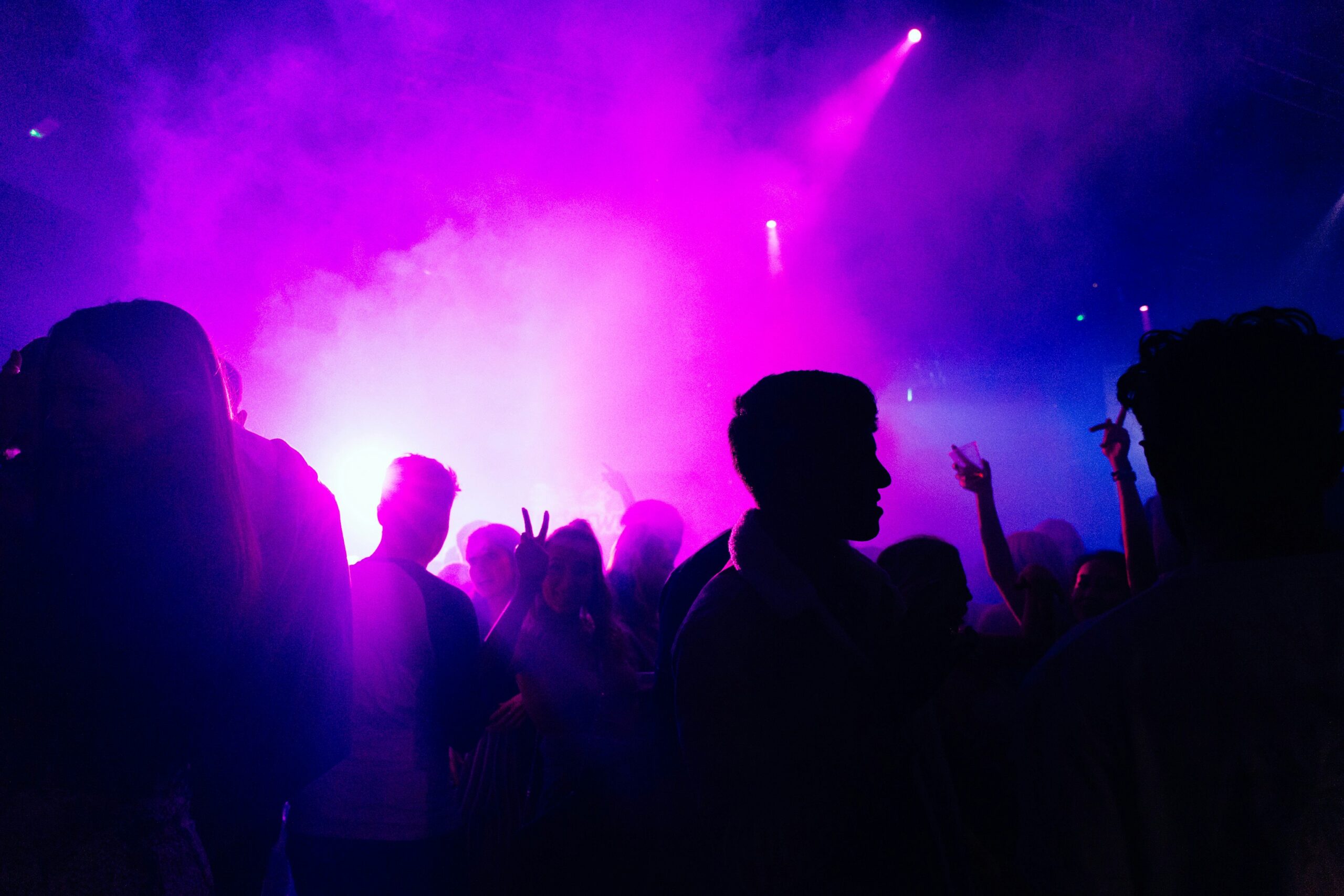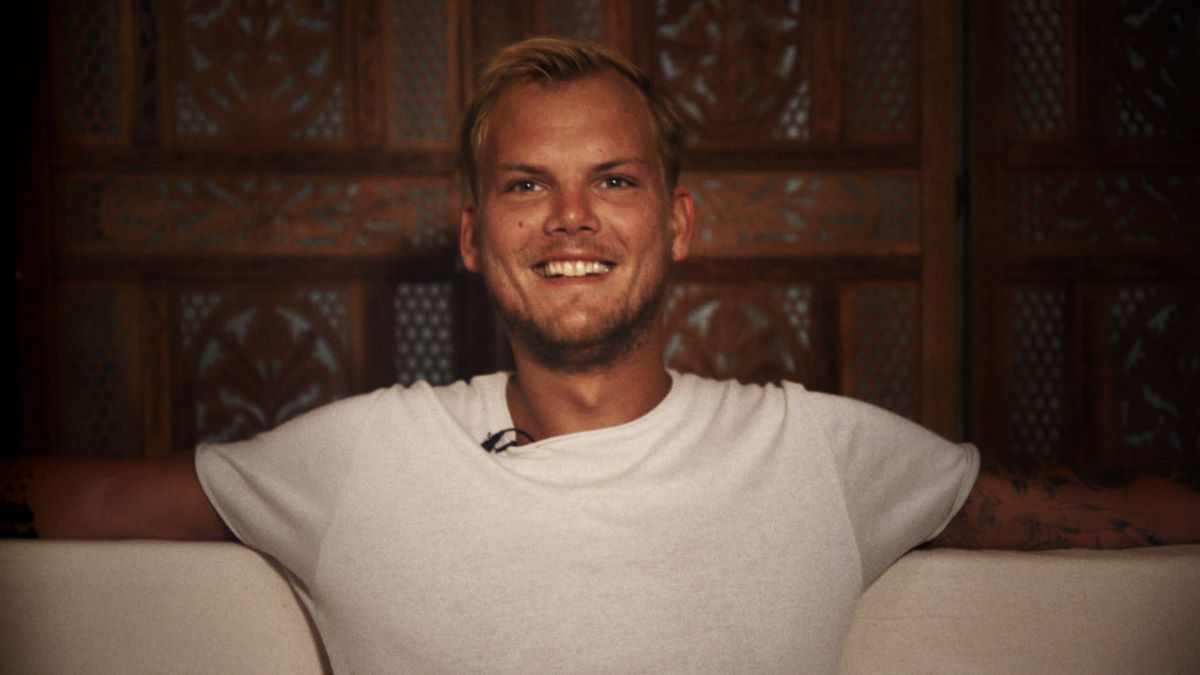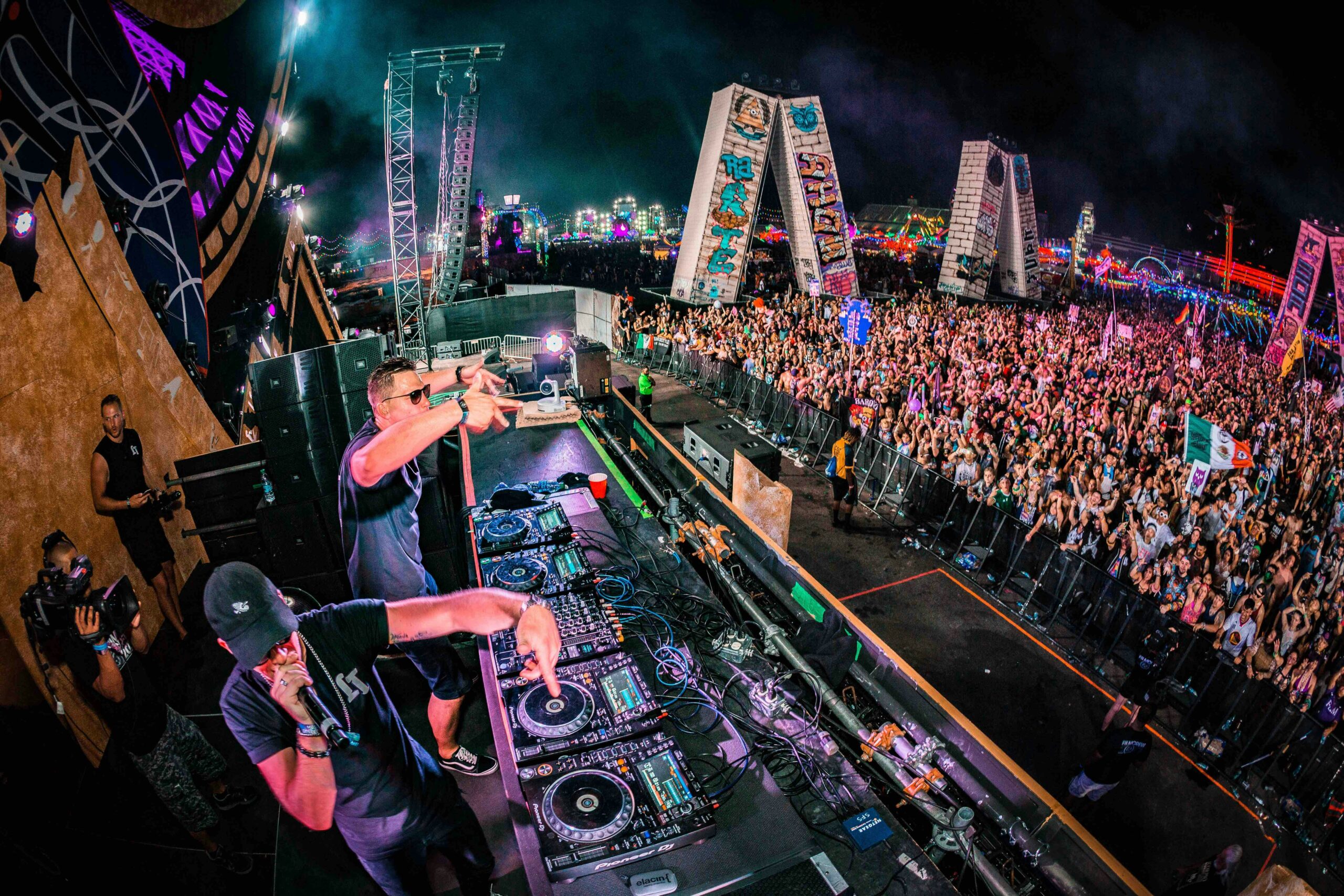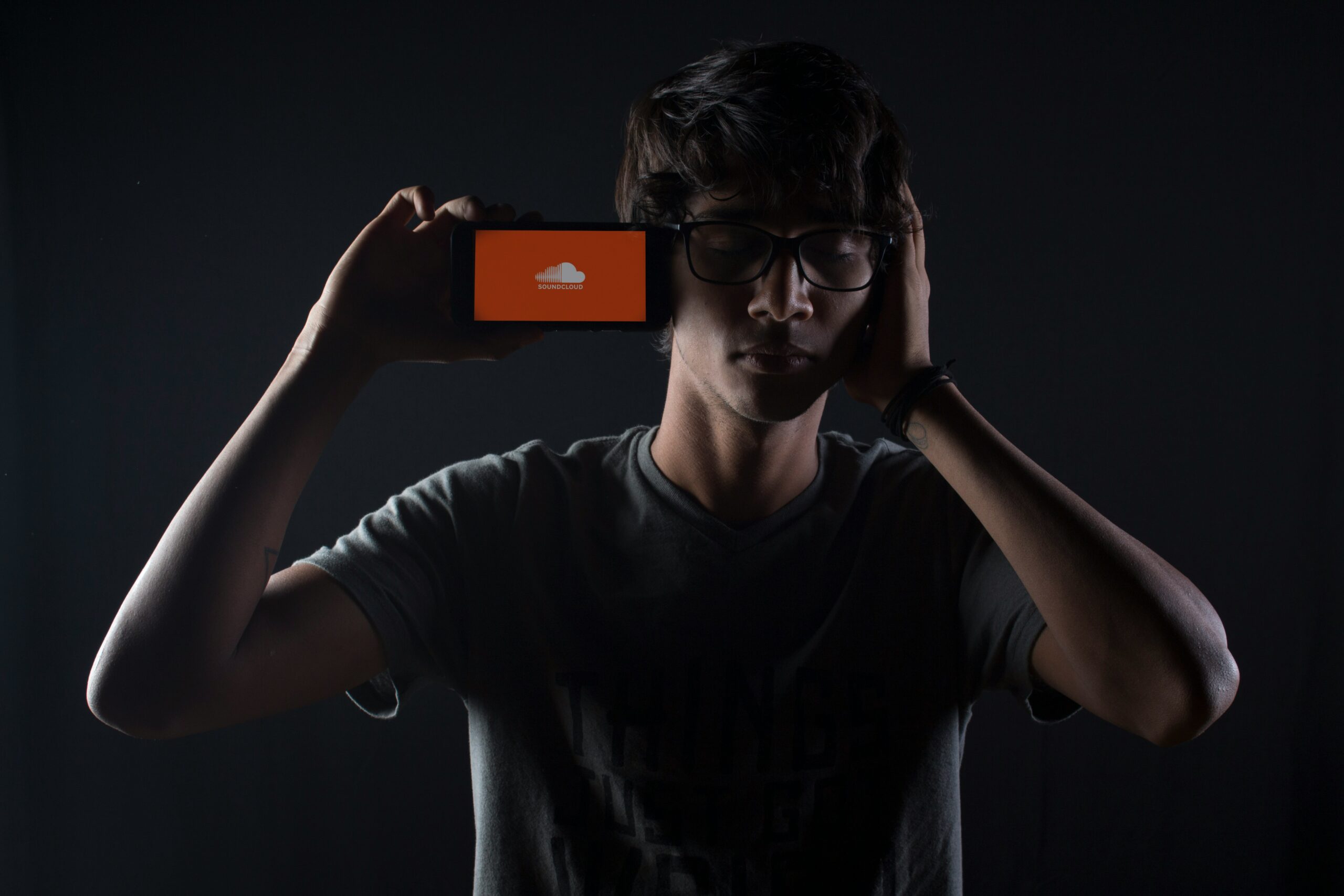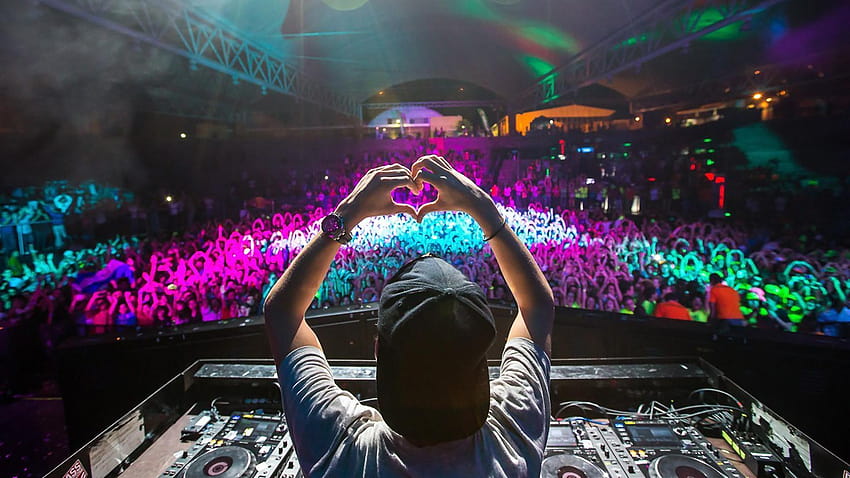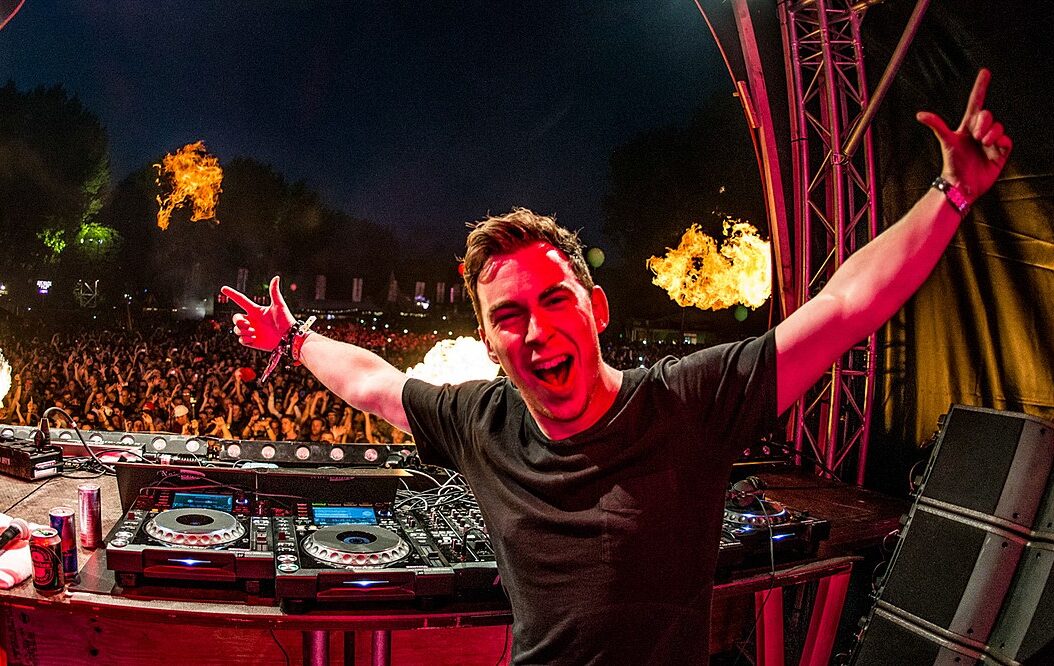A Quick History of EDM
Electronic Dance Music, or EDM, is a genre that has taken the world by storm. From massive festivals to

Electronic Dance Music, or EDM, is a genre that has taken the world by storm. From massive festivals to local clubs, EDM is everywhere.
But where did it all begin?
Let’s take a journey through the history of EDM and discover how it became the phenomenon it is today.
The Early Days: 1970s
EDM traces its roots back to the 1970s. During this time, disco music was hugely popular. Artists like Donna Summer and the Bee Gees were using electronic instruments and synthesizers to create catchy dance tracks. This new sound laid the groundwork for EDM.
The Birth of House Music: 1980s
In the early 1980s, a new style of electronic music called house music emerged in Chicago. DJs like Frankie Knuckles and Larry Levan started mixing electronic beats with disco records. This created a new, exciting sound that got people dancing. House music quickly spread to other cities, like New York and London, becoming a global trend.
The Rise of Techno: Mid-1980s
Around the same time that house music was gaining popularity, techno music was born in Detroit. Artists like Juan Atkins, Derrick May, and Kevin Saunderson experimented with electronic sounds, creating a harder, more futuristic style of music. Techno became popular in Europe, especially in Germany, where it helped shape the EDM scene.
The Rave Culture: 1990s
The 1990s saw the rise of rave culture. Raves were large, underground parties that featured EDM music, colorful lights, and a sense of community. These events were often held in warehouses, fields, and other unconventional locations. The UK played a significant role in the rave scene, with genres like acid house and jungle becoming popular. This period also saw the emergence of famous EDM festivals like Love Parade in Berlin and Creamfields in the UK.
The Mainstream Explosion: 2000s
In the 2000s, EDM began to break into the mainstream. Artists like Daft Punk, The Chemical Brothers, and Fatboy Slim brought electronic music to a wider audience. Festivals like Ultra Music Festival in Miami and Tomorrowland in Belgium became huge attractions. The internet also played a big role, allowing fans to discover and share new music easily.
The Modern Era: 2010s to Today
The 2010s saw EDM reach new heights of popularity. Artists like David Guetta, Calvin Harris, and Avicii became household names. Subgenres like dubstep, trance, and electro house gained massive followings. Festivals like Electric Daisy Carnival (EDC) and Coachella featured EDM acts as headliners, drawing huge crowds.
EDM has continued to evolve, blending with other genres and incorporating new technologies. Today, it’s a global phenomenon, with millions of fans and countless events worldwide. Whether it’s in a massive festival setting or a local club, the energy and excitement of EDM continue to captivate audiences.
Key Moments in EDM History
- 1977: Donna Summer’s “I Feel Love” introduces the electronic disco sound.
- 1982: Frankie Knuckles starts spinning house music at The Warehouse in Chicago.
- 1988: The Second Summer of Love in the UK popularizes acid house and rave culture.
- 1991: The first Love Parade in Berlin attracts tens of thousands of EDM fans.
- 2007: Daft Punk’s “Alive” tour brings EDM to mainstream audiences worldwide.
- 2011: Swedish House Mafia’s “Don’t You Worry Child” becomes a global hit.
EDM has come a long way from its early disco days to the massive festivals and global hits we see today. Its history is rich with innovation, creativity, and a passion for making people dance.
As EDM continues to grow and change, one thing remains the same: the love for electronic beats and the joy of dancing to them.

